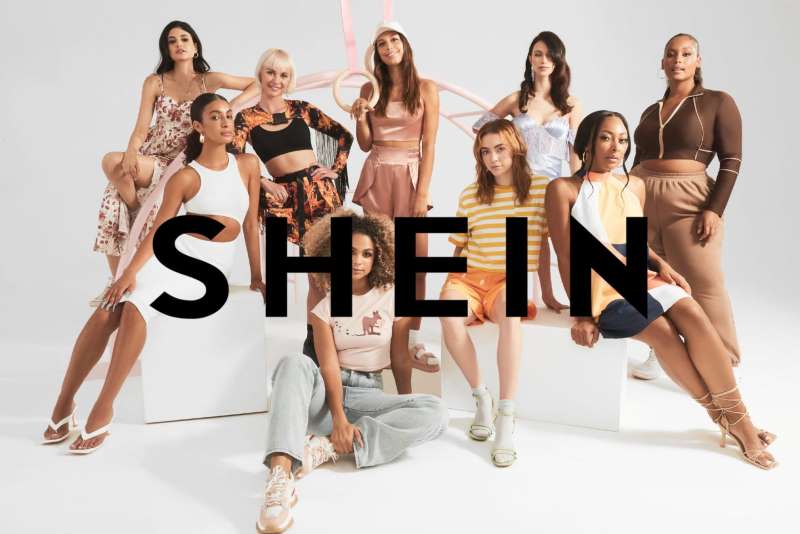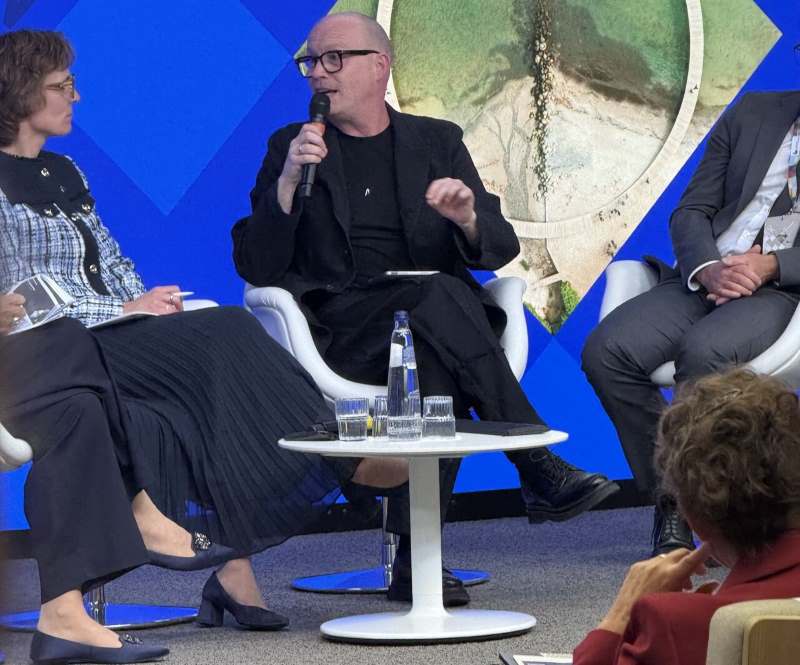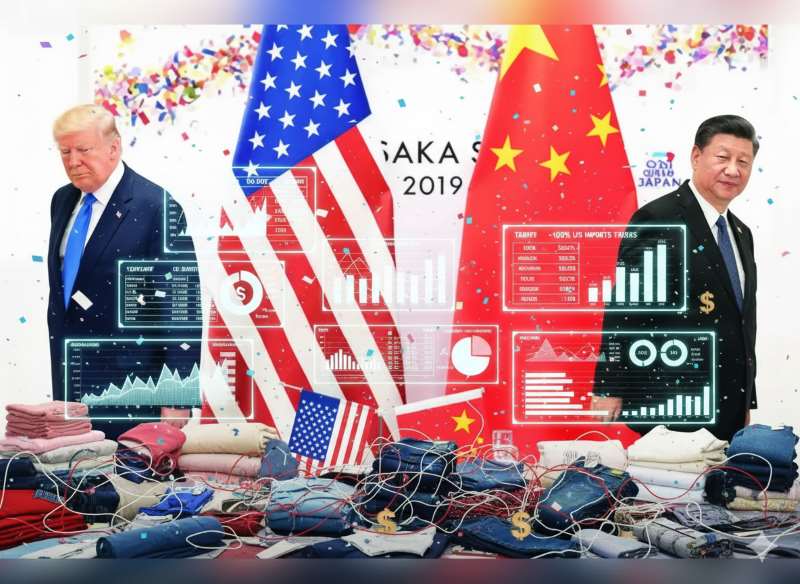"The fashion industry is often referred to as the second-most-polluting business in the world as it contends with issues like overproduction, chemical use, carbon emissions and waste. Fashion companies have become increasingly preoccupied with their sustainability credentials"
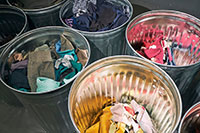 The fashion industry is often referred to as the second-most-polluting business in the world as it contends with issues like overproduction, chemical use, carbon emissions and waste. Fashion companies have become increasingly preoccupied with their sustainability credentials. Understanding their angst, entrepreneur Jessica Schreiber, set up her a non-profit organisation FabScrap in 2016.
The fashion industry is often referred to as the second-most-polluting business in the world as it contends with issues like overproduction, chemical use, carbon emissions and waste. Fashion companies have become increasingly preoccupied with their sustainability credentials. Understanding their angst, entrepreneur Jessica Schreiber, set up her a non-profit organisation FabScrap in 2016.
Since 2016, FabScrap has helped New York’s fashion studios recycle their design-room discards including mutilated garments, dead-stock rolls and swatches
So far, the organisation has collected close to half a million pounds of fabric from the design studios of large retailers like Express, J. Crew and Marc Jacobs and independent clothiers in New York, New Jersey and Connecticut. Their discards have been shredded and recycled into stuffing and insulation or resold to fashion students, educators and artists.
It began by shipping swimwear in compostable bags and made long-term commitments to the materials it purchased. To cut excess inventory, the brand moved away from the fashion cycle and the industry norm of placing orders on projection.
Tracking waste a challenge 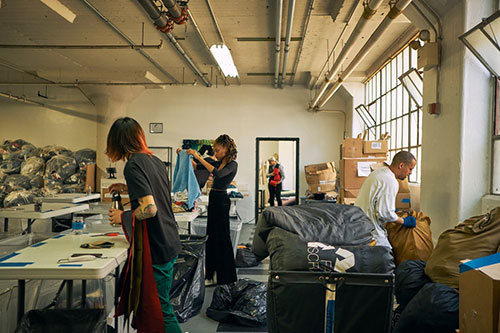
However, there are many challenges on the way. For it instance, it is difficult for the company to ensure that consumers and retailers actually compost the bags. But now, other brands are getting on board with changes at the design, manufacturing and distributional levels.
It’s hard to pinpoint how much waste is created before a garment even reaches the consumer. Factory waste is not tracked by outside agencies. Supply chains are now so complex and reliant on remote contractors and subcontractors that the companies can’t account for all the materials.
Even if a company wants to find out how much fabric waste it creates. It is very difficult for it to research this as different factories have different processes. The company works with different fibers sourced from all over the world. For instance, its ‘Good Wool’, comes from a farm in Tasmania and is scoured, spun and dyed at a mill in Italy before it is warehoused and sold around the world.
Outdated processes
The recycling processes are similarly decades behind. In the back corner of the warehouse is one of FabScrap’s two shops, where it sells many of the larger pieces its employees and volunteers find among the scraps. On any given day, some fashion students stop by, shopping and drawing inspiration from the ends of dead-stock rolls that are cheaper here than at fabric stores in the city.
In June, FabScrap opened a second shop, on a block in the garment district teeming with secondhand shops and just a stone’s throw from FIT. The shop stocks rolls of baby blue suede and white cotton with geometric fil coupé accents. Above the shelves were nearly full cones of thread in colors that evoked a Pantone guide. Since opening, the ore has served 4,800 customers. Next year, FabScrap plans to set up operations on the West Coast.




